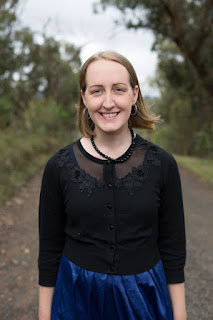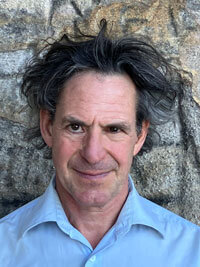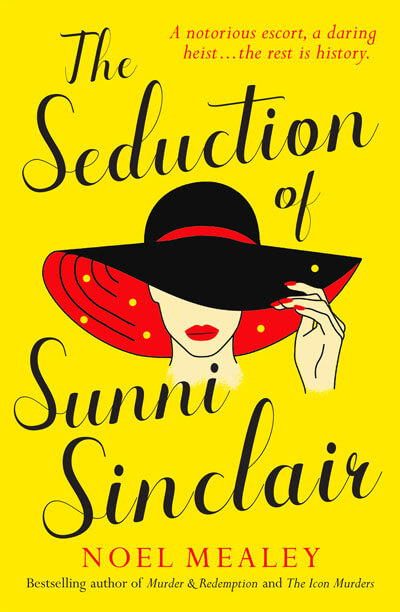Australia First is a good slogan that has been adopted by several quite different political ideologies. This book deals with the movement that began in a small way before 1914, developed slowly from about 1936, and came to an abrupt and inglorious end in March 1942. It grew out of the Victorian Socialist Party and the Rationalist Association
At first it attracted literary figures such as Xavier Herbert, Eleanor Dark, Miles Franklin. When it became heavily political, there were among its members and associates three former Communist Party members and one Nazi Party member; some worked for the Labor Party, some for the United Australia Party (later Liberal Party), while there were strong links with the Social Credit Party. One was a paid agent of the Japanese. Some were connected with Theosophy, some with Odinism, and in Victoria most were Irish Catholics with links to Archbishop Mannix and Sinn Fein.
Among the close friends of individual members were John Curtin, Dr Evatt, Arthur Calwell, Jack Beasley, Robert Menzies, Percy Spender, Archie Cameron. Several had contacts with Oswald Mosley’s British Union of Fascists, and with the
Imperial League of Fascists and National Socialists. One had met Hitler and corresponded with General Ludendorff. Two composed and circulated anonymous subversive pamphlets. Others imported Nazi propaganda, one even during the war through the German Consulate-General in New York.
At its core was a coterie of elderly men with too much time, too much money, and little common sense. ‘Inky’ Stephensen was the public face of the Movement and its monthly magazine, the Publicist, and he was responsible for its crude and vulgar style. But behind it all were the will and the money of Billy Miles, a cynical, arrogant manipulator, who turned it into a vehicle for vicious anti-Semitic propaganda. It was he who wrote: ‘What is the solution to the Jewish question? There can be none while a Jew lives.’
Its downfall was precipitated less by its fascist and Nazi tendencies than by the close association that Tom and Adela Walsh in Sydney, and Melanie O’Loughlin in Perth, had with the Japanese. In the end, the internment of Australia-First Movement adherents was used by both Labor and Liberal politicians simply as a stick with which to beat each other, until the wrongs and rights of the affair became buried under political abuse.
























IP (Interactive Publications Pty Ltd)
At a time when issues relating to detention and internment are all too topical, it is important to get as accurate a record of the past as possible, so that differences as well as similarities with the present situation can be made clear. In this work, Barbara Winter has performed a prodigious feat of research, furnishing as thorough an account of the people involved in the Australia First movement as we are likely to get for some time, reconstructing the networks connecting them with other far right groups and even espionage circles. It is a work that will be a valuable reference to anyone working on the Australian right in the 1930s and 1940s.
— Dr Andrew Bonnell, University of Queensland
IP (Interactive Publications Pty Ltd)
Joe Poprzeczny’s column ‘State Scene’ in the West Australian Business News recently focussed on Barbara Winter’s book, The Australia-First Movement: Dreaming of a National Socialist State (Interactive Publications) and noted it as a book that “highlights the bountiful benefits of democracy over its horrific totalitarian alternatives”.
As he observes, “Ms Winter rightly points out that the Australia-First Movement’s ‘natural heir’ is today’s rightist League of Rights, which regularly surfaces in political imbroglios.”
Learning from Winter’s book, Mr Poprzeczny tells of the leading personality of the AFM (Percy ‘Inky’ Stephensen) and the scrutiny that its members came under in WWII.
He also says that “Ms Winter’s Chapter VIII, ‘The Western Australian Connection’, is a gripping, blow-by-blow, sometimes hour-by-hour, account of the cloak and dagger way the four – Gallipoli veteran Laurence Bullock of Bunbury and Perth; Chas Williams of Manjimup; Edward Quicke of Balingup; and Nancy Krakouer of Mosman Park – were ensnared during February/March 1942 by police agent provocateur Frederick Thomas, alias Frederick Carl Hardt.”
Winter’s book further chronicles this movement, including the easy punishment that Bullock and Williams received when they faced trial.
“It is difficult to estimate the damage done by Bullock, less by his unrealistic conspiracy than by his public rumour mongering,” Winter’s writes.
Mr Poprzeczny also reminds readers “Ms Winter presents all sides of the ongoing wartime and post-war debate on the need, wisdom, and legality of these controversial internments. She outlines arguments or considerations for and against.”
It is also worth noting that Ms Winter has a kinder view of the AFM at the time. “It [the AFM] attracted some unbalanced extremists whose actions compromised the whole movement, leading to disaster and grief for others who did not understand how their good intentions had been so misunderstood.”